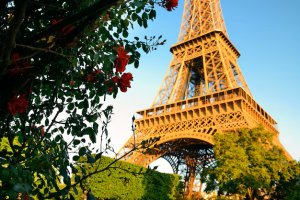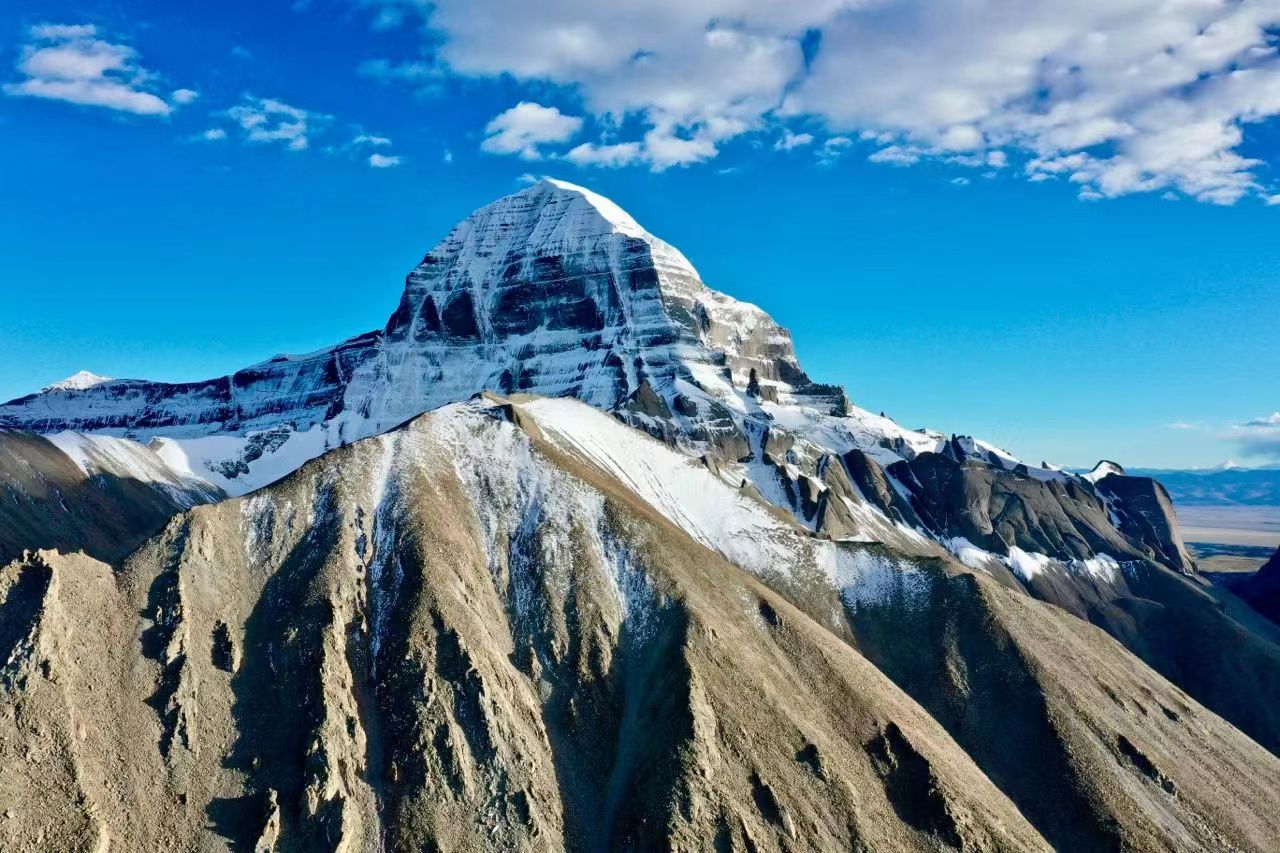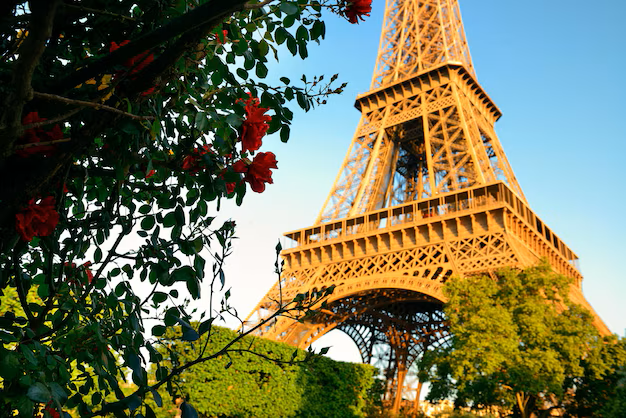Nestled high in the majestic Himalayas, Tibet is a destination that beckons intrepid travelers with its mystical charm, breathtaking landscapes, and rich cultural heritage. As an autonomous region of China, Tibet is a unique blend of spiritual traditions, ancient history, and awe-inspiring natural beauty. In this article, we’ll guide international travelers through the wonders of Tibet, providing insights into its cultural treasures, high-altitude adventures, and the unique experiences that await those who embark on this extraordinary journey.
The Roof of the World:
Tibet is often referred to as the “Roof of the World” due to its average elevation of over 4,000 meters (13,000 feet). Lhasa, the capital, stands at an impressive 3,656 meters (11,995 feet) above sea level. Travelers should be mindful of the high altitude and take the necessary precautions to acclimatize slowly upon arrival.
Cultural Marvels:
Tibet’s rich cultural heritage is deeply intertwined with Buddhism, and it is home to some of the most significant religious sites in the world. The Potala Palace, once the winter residence of the Dalai Lama, stands as an iconic symbol of Tibetan Buddhism. Jokhang Temple, another UNESCO World Heritage Site, is a sacred pilgrimage site that attracts devout Buddhists and curious travelers alike.
Spiritual Journeys:
For those seeking a spiritual experience, Tibet offers opportunities for meditation and reflection. The Barkhor Street circuit around Jokhang Temple is a fascinating place to witness traditional Tibetan culture, as pilgrims from across the region walk the sacred route, spinning prayer wheels and chanting mantras. Travelers may also explore remote monasteries, such as the Ganden Monastery and the Drepung Monastery, which offer a glimpse into the daily lives of monks and nuns.
Scenic Landscapes:
The natural beauty of Tibet is unparalleled, featuring snow-capped peaks, pristine lakes, and vast plateaus. Mount Everest, the world’s highest peak, straddles the border between Tibet and Nepal, attracting adventurous trekkers and mountaineers. Namtso Lake, one of Tibet’s holy lakes, mesmerizes visitors with its crystal-clear waters and panoramic views of the surrounding mountains.
Festivals and Celebrations:
Tibetan festivals are vibrant and colorful celebrations that provide a unique window into the region’s cultural tapestry. The Tibetan New Year, or Losar, is a joyous occasion marked by traditional dances, elaborate rituals, and the creation of intricate sand mandalas. Travelers fortunate enough to witness these festivals will gain a deeper appreciation for Tibet’s living traditions.
Responsible Travel:
Given its unique political status, travelers are encouraged to be mindful of the local customs and political sensitivities. Respect for the Tibetan people and their culture is paramount. Engaging with local communities, supporting responsible tourism initiatives, and being conscious of the environmental impact of travel in this fragile region are essential aspects of a meaningful journey.
Conclusion:
Tibet is a destination that transcends the ordinary, offering international travelers a chance to explore the ancient, the spiritual, and the awe-inspiring. From the heights of the Himalayas to the depths of cultural traditions, Tibet is a place where every step tells a story and every moment is a glimpse into a world both enchanting and serene. As you embark on your journey to the Roof of the World, open your heart and mind to the magic that is Tibet.












